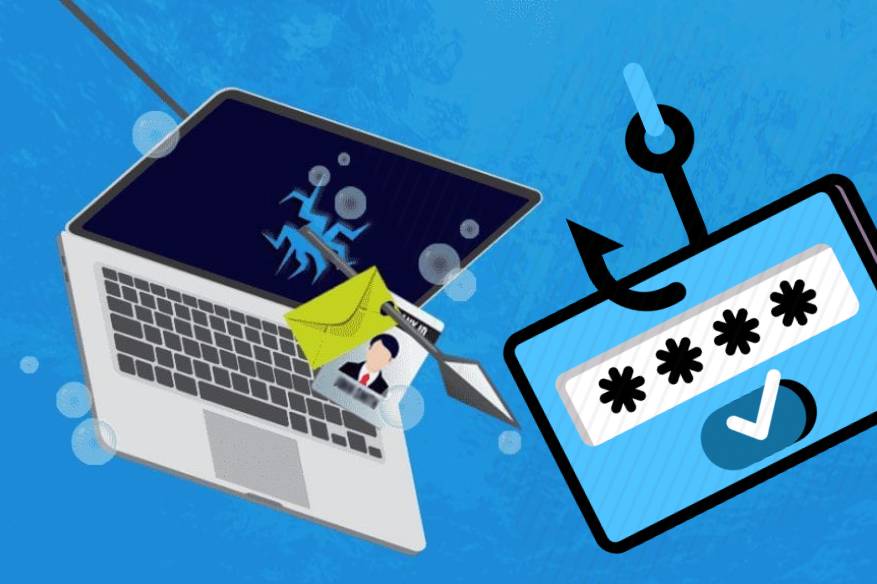Spear-Phishing: How to Protect Yourself From an Attack

Spear-Phishing
Even with the number of messaging apps available now, companies still use email. On average, a person receives over a hundred emails a day from bosses and companies. Because of this, hackers have created a dangerous phishing method called “spear-phishing.”
What is phishing and spear-phishing?
Phishing is a popular cyber-attack method created in the mid-1990s and still used today. Phishing methods generally involve sending out a fake email with malware or a malicious link.
Hackers design the email to look like a real email from a business with an irresistible offer. When someone clicks the malicious link or attachment, hackers gain access to their files, data, and sensitive information. Many companies have become victims of phishing emails.
What is spear-phishing?
Spear phishing, on the other hand, is a target-centered phishing attack. Spear-phishing is like regular phishing, but the attackers choose a specific person or company rather than a random audience.
Victims of a spear-phishing attack will receive a fake email disguised as someone they trust, like their financial adviser or boss. Spear-phishing attacks are much more convincing and more likely to succeed than phishing.
How to protect yourself from spear-phishing?
There’s no way to stop a spear-phishing attack, but there are ways to protect yourself from an attempt to phish your data. Protective measures include training yourself to spot phishing emails and using cybersecurity solutions to help prevent a successful spear-phishing attack. Below are methods you can use to protect yourself from a spear-phishing attack:
- Inspect the email
- Confirm doubtful requests
- Install an email protection software
1. Inspect the email
Misspellings, questionable email addresses, and doubtful offers are signs of a phishing email. Careful inspection of emails is one of the most common ways to spot a phishing email. But it’s also one of the weakest preventive methods.
Hackers are getting better at replicating emails, making this technique ineffective against a well-crafted and well-designed email with a very convincing message. Even a well-trained person can’t always spot a well-designed spear-phishing email.
2. Confirm doubtful requests
Spear phishing emails are often designed to get information from someone. Usernames, passwords, and bank account details are common requests found in a spear-phishing email.
If an email asks for information like credit card details or log-in credentials, double-check with the sender even if it’s someone you trust.
3. Install an email protection software
A stronger protection against spear-phishing emails is installing email protection software. Email protection software helps prevent unwanted email from entering a person’s inbox. This software scans for malicious content and quarantine spam emails.
But email protection software alone cannot prevent a well-created spear-phishing email. Some spear-phishing emails are designed to fool programs. Proper training and other software should also be used.
What is phishing and spear-phishing? — Final Note
Big companies and personalities have fallen victim to spear-phishing due to lack of awareness. But now that you know what is phishing and spear-phishing, you can protect yourself by getting proper cybersecurity today.
Also, Read
What Can We Learn From The Spear Phishing Exploits Against Telstra